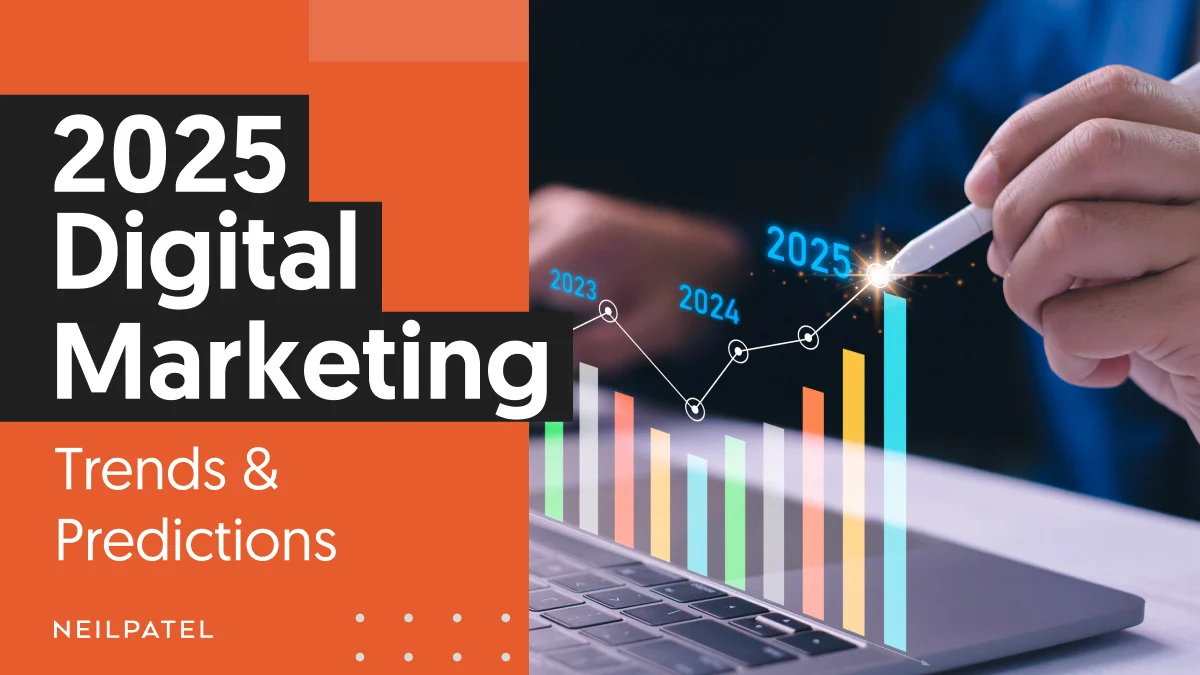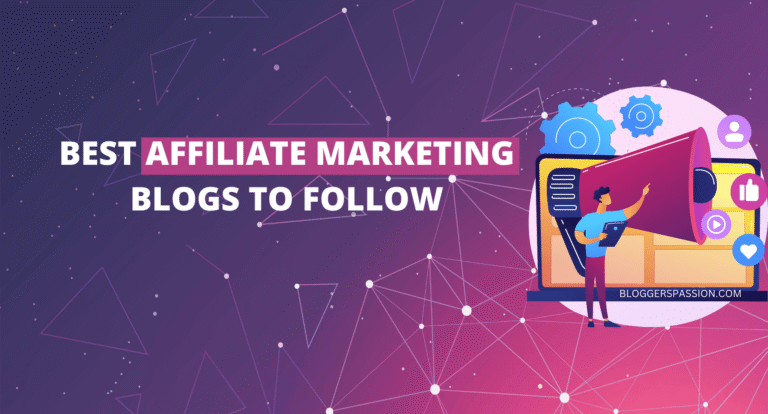The Evolution of Digital Marketing Strategies: Key Trends and Innovations for 2025
Introduction
Digital marketing has undergone a remarkable transformation over the past decade, evolving from traditional advertising methods to sophisticated, data-driven strategies. As we approach 2025, new trends and innovations are shaping the landscape, pushing businesses to adapt or risk being left behind. This article explores the latest developments in digital marketing and how companies can leverage these trends to stay ahead.
The Shift Towards a Customer-Centric Approach
In recent years, the focus of digital marketing has shifted significantly from product-centric to customer-centric strategies. Businesses are now prioritizing the needs and preferences of their customers, using data analytics to understand consumer behavior. By placing customers at the core, brands can build trust, enhance satisfaction, and drive loyalty.
Gone are the days when businesses could rely solely on generic messaging. In 2025, consumers expect personalized interactions tailored to their specific needs. Companies that fail to adopt a customer-first mindset risk losing out to competitors who prioritize user experience.
Personalization and Hyper-Personalization
Personalization has become a cornerstone of effective digital marketing. Hyper-personalization takes this a step further by using AI and machine learning to deliver tailored content in real-time. It involves analyzing vast amounts of data, such as browsing history, purchase behavior, and social media activity, to create highly specific recommendations.
For instance, Netflix uses hyper-personalization to suggest shows and movies based on individual user preferences. This level of personalization enhances user engagement, making it a vital tool for businesses aiming to improve customer satisfaction and retention.
The Rise of AI-Powered Marketing Tools
Artificial Intelligence (AI) is revolutionizing digital marketing by automating processes, analyzing consumer data, and optimizing campaigns. AI-powered tools like chatbots, predictive analytics, and content generation software are becoming indispensable for marketers.
AI helps in creating more efficient and targeted campaigns, saving time and resources. For example, AI chatbots can handle customer inquiries 24/7, providing immediate responses and improving user experience. As AI continues to advance, its role in digital marketing is expected to grow even further.
Voice Search Optimization
With the increasing use of smart speakers and voice assistants like Alexa and Siri, voice search has become a crucial component of digital marketing strategies. Voice search optimization involves tailoring content to match the natural language used in voice queries, which are typically longer and more conversational than text searches.
To optimize for voice search, businesses need to focus on local SEO, use long-tail keywords, and provide clear, concise answers to common questions. This trend is expected to continue growing, making it essential for brands to adapt their SEO strategies accordingly.
Influencer Marketing 2.0
Influencer marketing is evolving beyond traditional partnerships with celebrities and macro-influencers. In 2025, brands are shifting their focus to micro and nano-influencers who have smaller but highly engaged audiences. These influencers tend to have a more authentic connection with their followers, which can result in higher engagement rates.
The emphasis is now on building long-term relationships with influencers, creating authentic content that resonates with their audience. This approach helps brands reach niche markets more effectively and foster trust with potential customers.
Video Marketing Domination
Video content continues to dominate digital marketing, with platforms like YouTube, TikTok, and Instagram leading the way. Consumers increasingly prefer video over text-based content because it is more engaging and easier to digest. In 2025, video marketing is expected to grow even further, with live streaming and short-form videos taking center stage.
Brands are leveraging video to showcase products, tell stories, and connect with their audience on a deeper level. Incorporating video content into marketing strategies can significantly boost engagement and conversion rates.
The Role of AR and VR in Enhancing User Experience
Augmented Reality (AR) and Virtual Reality (VR) are transforming the way consumers interact with brands. These technologies provide immersive experiences that allow customers to visualize products before purchasing, enhancing their shopping experience.
For example, furniture retailers like IKEA use AR apps to let customers see how furniture would look in their homes. This interactive experience can help reduce purchase hesitation and increase sales, making AR and VR valuable tools for digital marketers.
The Growth of Social Commerce
Social commerce combines social media and e-commerce, allowing users to purchase products directly through social media platforms. This trend has been fueled by the rise of features like Instagram Shopping and TikTok Shop, which enable brands to showcase products and facilitate purchases without redirecting users to a separate website.
As more consumers prefer shopping on social media, businesses need to integrate social commerce into their strategies to drive sales and engage with their audience in a seamless manner.
Content Marketing: Quality Over Quantity
The focus of content marketing has shifted from producing a high volume of content to creating high-quality, valuable content. In 2025, businesses are prioritizing in-depth, well-researched content that addresses the specific needs and interests of their target audience.
This approach not only improves SEO rankings but also helps build credibility and trust with readers. By focusing on quality over quantity, brands can provide better value to their audience and stand out in a crowded digital landscape.
Sustainability and Ethical Marketing Practices
Consumers are becoming increasingly conscious of the environmental and ethical impact of their purchases. As a result, brands that prioritize sustainability and ethical marketing practices are gaining favor with modern consumers.
Sustainable marketing involves promoting products in a way that reflects the company’s commitment to environmental and social responsibility. This includes using eco-friendly materials, reducing carbon footprints, and supporting ethical labor practices. Highlighting these efforts can help attract eco-conscious customers and build a positive brand image.
The Importance of Data Privacy and Security
With the rise of data breaches and increasing concerns about privacy, consumers are more cautious about sharing their personal information online. As a result, data privacy and security have become top priorities for digital marketers.
Businesses must comply with regulations like GDPR and CCPA and be transparent about how they collect, store, and use customer data. By prioritizing data privacy, brands can build trust with their audience and avoid legal issues that could damage their reputation.
Omnichannel Marketing Strategies
Omnichannel marketing involves creating a seamless customer experience across multiple channels, both online and offline. This strategy allows businesses to engage with customers at various touchpoints, providing a consistent brand message regardless of the platform.
In 2025, omnichannel marketing will be crucial for businesses looking to enhance customer experience and drive sales. By integrating channels like social media, email, and physical stores, brands can deliver a more cohesive and personalized experience.
Conclusion
Digital marketing is continuously evolving, driven by technological advancements and changing consumer behaviors. As we look towards 2025, businesses must adapt to new trends and embrace innovative strategies to stay competitive. By focusing on personalization, leveraging AI, embracing new technologies, and prioritizing customer experience, brands can navigate the ever-changing digital landscape successfully.






